Tires are expected to wear out evenly and gradually over their lifetime. Irregular tread wear may occur for multiple reasons and could be signs of problems with your vehicle. Below are the most common different types of tire wear. Check the list below to stay up to date.
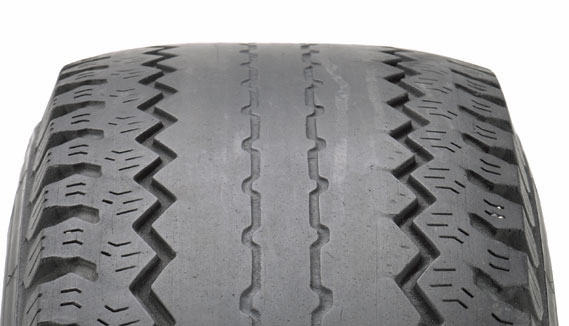
1. Center Wear
Tire tread is only worn down the center and not very much on the sides. The most common cause of this is driving with over-inflated tires. When a tire is over-inflated, the tire balloons out more in the center. This prevents the tire from making full contact with the road. To avoid this make sure all 4 tires are correctly inflated. Consult your owner's manual if you don't know your vehicle's tire pressure.
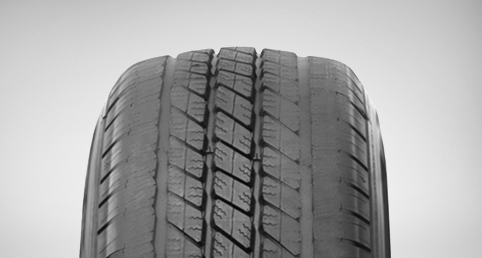
2. Side Wear
Side wear is the complete opposite of center wear. The tire will have worn down shoulders but will have a strip of normal-looking tread at the center. The cause of this is driving with under-inflated tires. When a tire is under-inflated, the shoulders make contact with the road and push the center inward. To prevent this make sure all 4 tires are properly inflated. Consult your owner's manual if you don't know your vehicle's tire pressure.
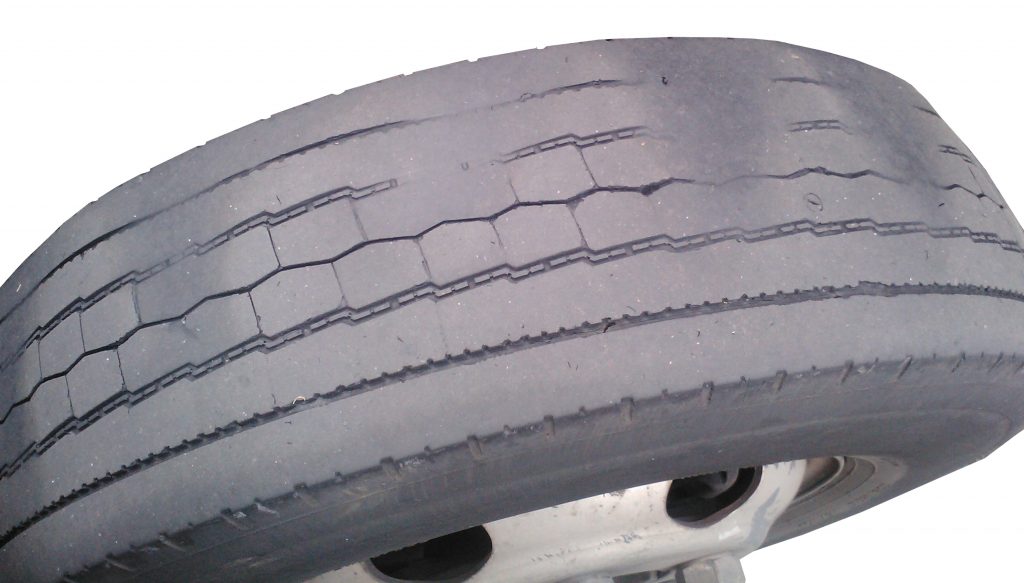
3. Cupping Wear
Cupped tires will have random worn-down patches all over them. Commonly characterized as if someone shaved some parts of the tread. Having worn out shocks and struts are the main culprits. Shocks and struts are meant to prevent your car from bouncing up and down when driving over a bump. When the vehicle is bouncing continuously, the tires do not maintain constant contact with the road surface. This bouncing causes the rubber to prematurely wear down in certain areas. Unbalanced tires and wheels may also lead to cupped tires.
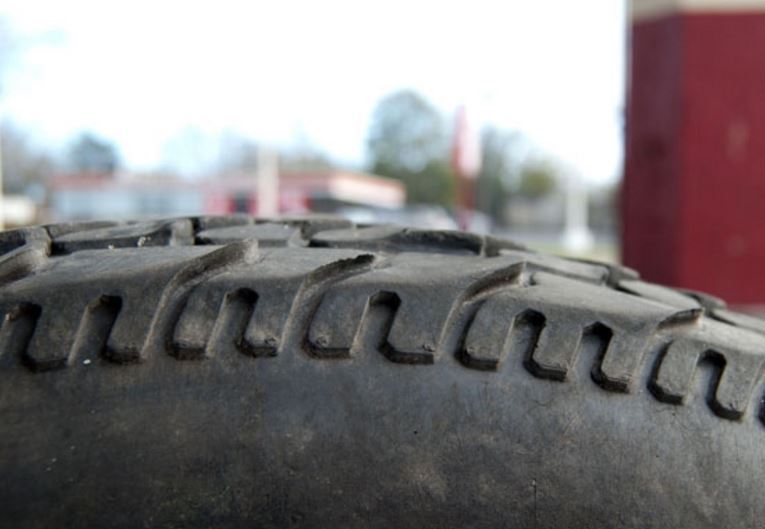
4. Feathering
Feathering refers to when the tread blocks are worn down on one side but have reasonable wear on the other. While this wear can be spotted visually, it is quite easy to feel feathering when you run your fingers along the tire tread. There are two common culprits. Misaligned wheels most commonly lead to feathered tires. Aggressive driving also leads to feathered wear, especially high-speed cornering.
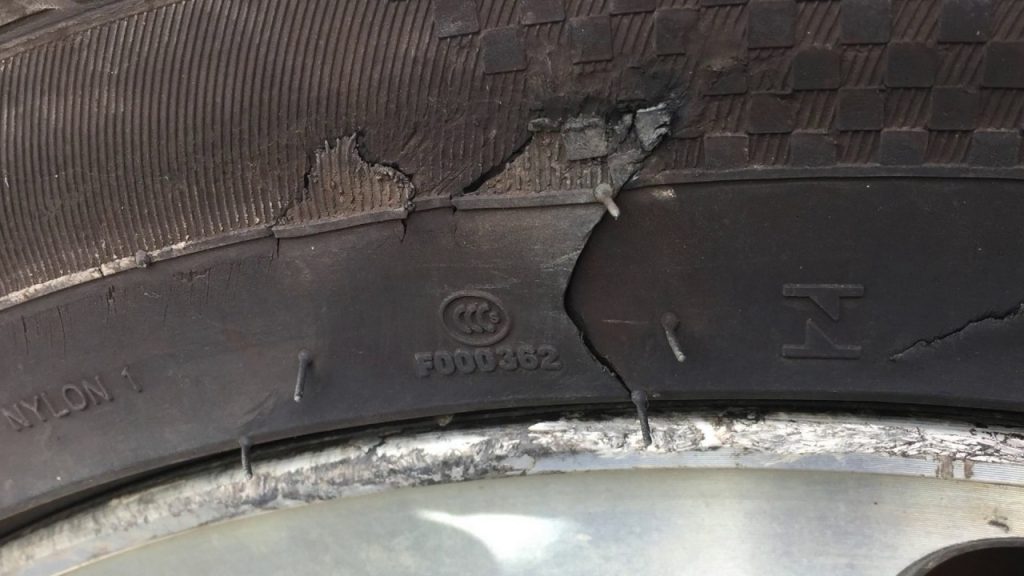
5. Sidewall Wear
Sidewall wear is caused by drivers parking too close to the curb and scraping the sidewall against it. If the damage is too extreme, the sidewall wear can cause the tire’s core to weaken. This is considered highly dangerous especially if driving at highway speeds.
It is recommended you regularly check your tires' tread depths and wear conditions. This will allow you to know when it is time to replace your tires and can also help you detect potential car problems. This will get the most value out of your vehicle and tires.


